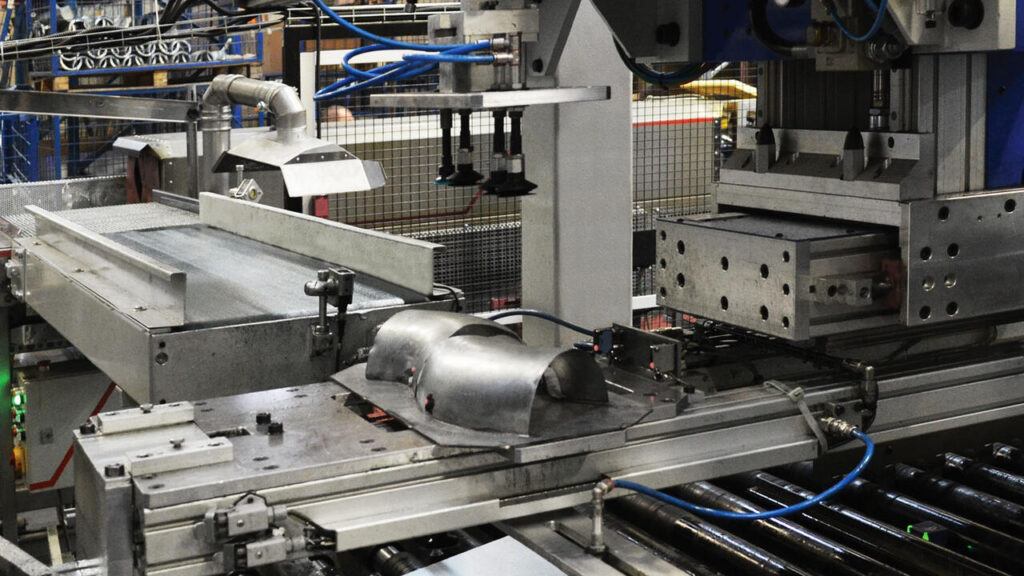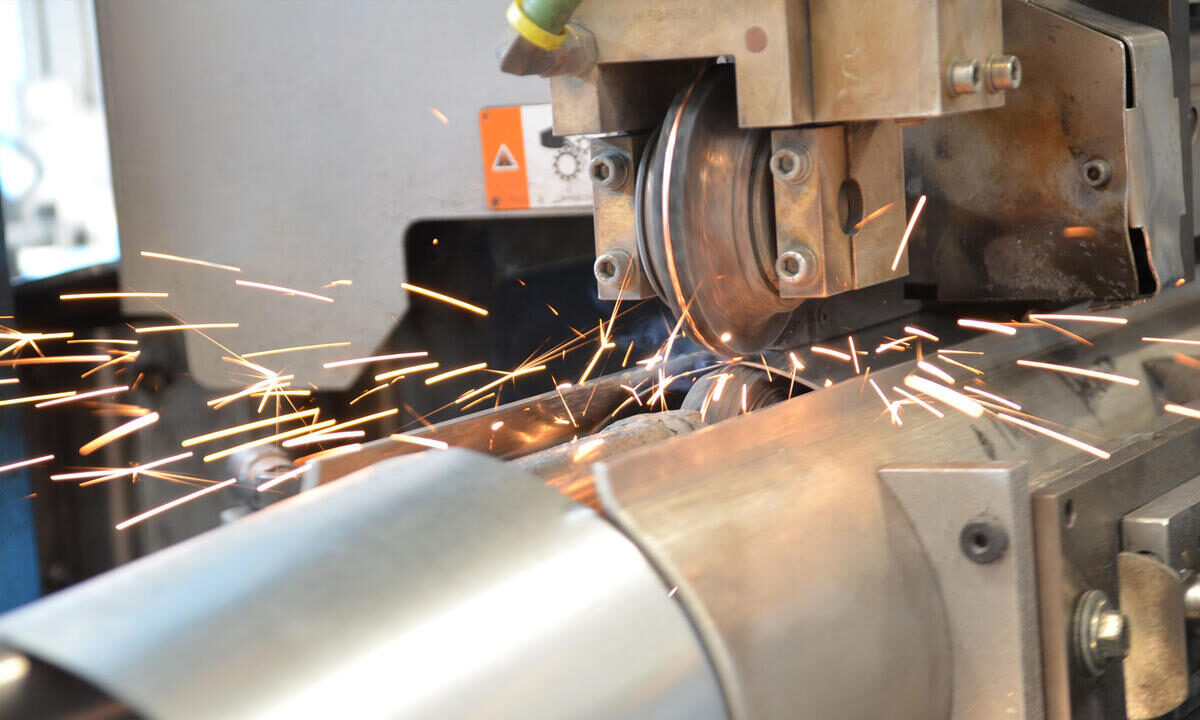MVHR system – all you need to know about it
What is MVHR system? It is a Mechanical Ventilation with Heat Recovery. It’s a ventilation system that allows energy recovery and heat loss reduction. Furthermore, it is also a way to provide air filtration in the room. Thanks to this system, filtered and properly cleaned air is supplied to the building from the outside. A heat recovery unit is a great solution for every private household. It is an investment that allows you to reduce heating costs and has a positive effect on your health. Learn more about the MVHR system, its types, operation, and installation options!
- MVHR system—basic information
- How does MVHR work?
- What are the types of mechanical ventilation with heat recovery?
- What do heat recovery ventilation systems consist of?
- What should you pay attention to when buying HRU?
- Installation of heat recovery unit at home
MVHR system—basic information
At the very beginning, it is worth noting that the MVHR system is also called heat recovery ventilation (HRV/HRS). This system removes used air from the room and recovers heat energy from it. Then it is used in heating. At the same time, it transfers already filtered air to the building.
The big advantage of this solution is the ventilation of the rooms, regardless of what level of airtightness they have and the weather conditions outside.
What are the greatest benefits of MVHR systems? It is an improvement of the natural method of air exchange (which is a form of uncontrolled ventilation) while simultaneously heating rooms and purifying the air—even in wet rooms with high levels of humidity, like kitchen, bathroom, and basement.
How does MVHR work?
MVHR heat recovery ventilation is equipped with a heat recovery exchanger. How does the MVHR systems work step by step?
- Fresh air is drawn through the intake louvre into the air handling unit and filter.
- In the heat exchanger unit, the air is heated or cooled.
- At this time, the heat recovery unit distributes the cleaned and heated air to the ducts located in the building, recovers heat from the polluted air and directs it to air valves or grills.
- Clean and polluted air is not mixed.
- The polluted air is removed through the exhaust louvre.
What are the types of mechanical ventilation with heat recovery?
There are two main types of mechanical ventilation with heat recovery.
The first is the MVHR centralized heat recovery unit. It is used as the heating system of the house, flat or several apartments. The heat supply and air exchange takes place in the ductwork system.
The second type is a decentralized heat recovery unit. It takes care of the air quality and heating of one room or a small flat. Installation of such a system does not require the installation of the entire ductwork system.
Types of decentralized heat recovery units
When choosing a decentralized HRU, you can also opt for the one with a specific type of heat exchanger.
Push-pull units (with a regenerative heat exchanger) run cyclically. The air passes through the same duct, but is not mixed. For example, every 70 seconds, purified air is introduced through one duct, and then, after 70 seconds, polluted air is exhausted through the same duct.
The disadvantage of such a system is the likelihood of air mixing and reducing the efficiency of heat recovery. The advantage is the size of the device—it does not take up much space and is compact, which is appreciated by the owners of small houses and flats.
HRU with counterflow plate heat exchanger, they are expensive but more efficient. One unit is used to supply and exhaust air through two separate channel systems. The exhaust is located under the supply.
MVHR systems are solutions that are used not only by private individuals, but also by many business customers, such as companies, offices, and developers who develop the use of such systems already at the stage of designing real estate for sale.
What do heat recovery ventilation systems consist of?
To ensure that the MVHR works properly, it is good to know what parts it consists of and what their functions are.
Each HRU consists of two automated fans. Their quality determines the performance of the entire device and the ventilation needs of energy. In home conditions, HRU with a fan equipped with an EC motor is most often used.
The heat exchanger is responsible for heat recovery. Classic crossflow heat exchangers recover up to 70% of heat. Counterflow heat exchangers, on the other hand, completely prioritise the heat supply and enable heat recovery of up to 90%.
The control system allows you to adjust the device parameters to the user’s needs, automate and increase HRU efficiency.
Filters are also important. Their class will mean the degree of air filtration and purification. To maximize filtration, separate filters are used in the exhaust and supply air flows. It is also possible—in addition to the standard filters—to install additional filters in the device.
The casing is also very important. It must have sound and heat insulation. It is important that the maintenance of the device is simple and the access to the filters for their replacement is not complicated.

What should you pay attention to when buying HRU?
When choosing an MVHR system, remember about airflow capacity. It is best to entrust the calculations to an experienced architect. When choosing, he will take into account the size of the rooms, their volume, type, and number of people who use them.
The second parameter is unit available pressure. The height of this parameter is crucial. If it is underestimated, the unit will not be able to provide airflow through the entire ductwork system in the building.
Installation of heat recovery unit at home
HRU is most often installed in closed utility rooms, where the temperature is above 0 degrees Celsius and there is low humidity. The length of air supply and exhaust ducts should be as short as possible. There are many units on sale that are mounted on the wall or put on the floor.
Make sure that the base of the HRU has a drainage system to ensure the drainage of condensed water vapour.
If possible, the installation of the MVHR system should be planned already at the building design stage.
